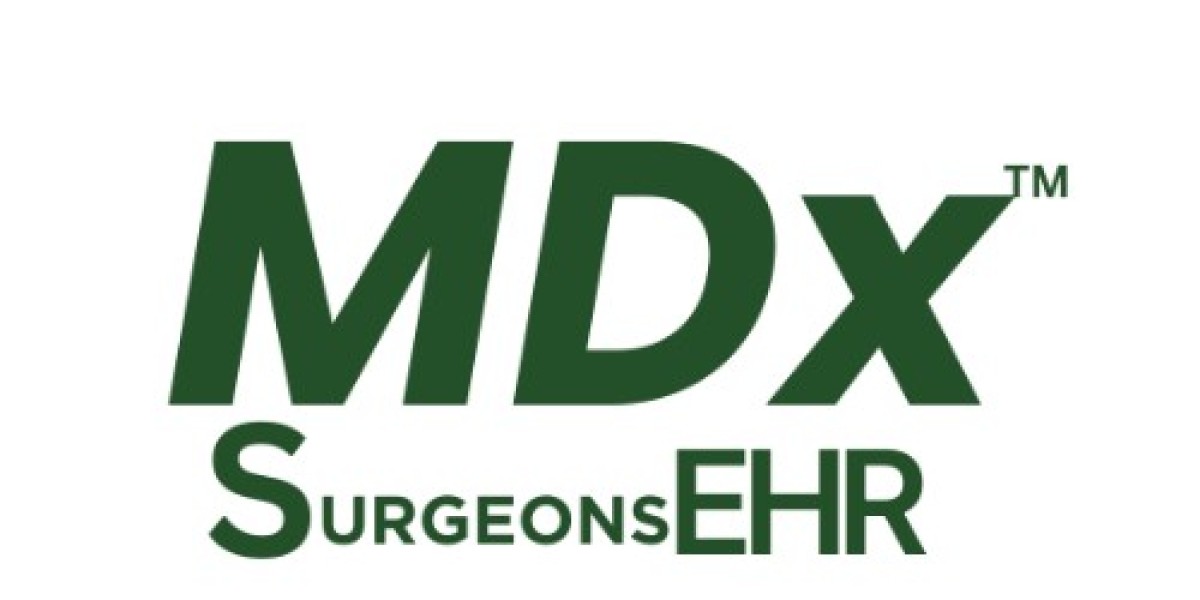The healthcare industry is entering a new era of efficiency and innovation. In 2025, one of the biggest shifts we are seeing is the rise of virtual staffing. From medical billing to patient support, virtual teams are helping healthcare providers manage administrative tasks with greater accuracy, flexibility, and cost savings.
As staffing shortages and rising operational costs continue to challenge healthcare organizations, virtual staffing is emerging as the future-ready solution. Let’s explore how it is transforming healthcare operations in 2025.
The Growing Need for Virtual Staffing in Healthcare
Healthcare organizations face several challenges today:
Staffing Shortages: Many hospitals and clinics are struggling to find and retain qualified administrative staff.
Rising Costs: In-house teams require higher overhead expenses, including salaries, benefits, and training.
Complex Regulations: Constant updates in billing rules, ICD-10 codes, and compliance requirements increase administrative workload.
Burnout: Providers often spend more time on paperwork than on patient care.
These challenges have accelerated the adoption of virtual staffing, where remote professionals handle administrative and billing tasks while leveraging technology to stay integrated with healthcare systems.
Key Areas Virtual Staffing is Transforming in 2025
1. Medical Billing and Coding
Virtual staff specialize in AI-powered billing and coding, ensuring claims are submitted quickly and accurately. By reducing errors and aligning with ICD-10 and CPT codes, they minimize claim denials and speed up reimbursements.
2. Patient Scheduling and Communication
Virtual teams handle appointment bookings, reminders, and follow-up calls. With cloud-based platforms, patients experience smoother communication and faster responses.
3. Claims Processing and Denial Management
Virtual staff supported by AI tools can track claims in real time, flag issues, and resolve denials faster. This proactive approach reduces revenue leakage.
4. Scalable Workforce Solutions
In 2025, healthcare operations require flexibility. Virtual staffing allows providers to scale teams up or down based on patient volumes or seasonal demand without long-term hiring commitments.
5. Integration with Technology
Modern virtual staffing solutions integrate seamlessly with Electronic Health Records (EHRs), billing software, and AI-powered tools. This ensures that workflows remain efficient and transparent.
Why Healthcare Leaders Are Choosing Virtual Staffing in 2025?
Cost Efficiency – Lower overhead costs compared to in-house teams.
Specialized Expertise – Access to skilled billing, coding, and administrative professionals.
24/7 Availability – Many virtual teams work across time zones, offering around-the-clock support.
Reduced Burnout – Providers spend less time on paperwork and more on patient care.
Compliance Ready – Virtual staff stay updated with evolving billing codes and payer regulations.
The Role of AI in Virtual Staffing
In 2025, virtual staffing will be even more powerful when combined with Artificial Intelligence (AI). AI automates repetitive tasks like claim scrubbing, SOAP note generation, and insurance verification, while virtual staff manage exceptions and decision-making.
Together, AI and virtual teams create a hybrid model that balances automation with human expertise.
The Future Outlook
As healthcare moves deeper into digital transformation, virtual staffing will no longer be an optional add-on—it will be a core part of operations. Hospitals, clinics, and dental practices adopting this model are already seeing:
Faster claim cycles
Lower administrative costs
Better patient experiences
Higher staff satisfaction
In 2025 and beyond, virtual staffing will continue to evolve with AI, predictive analytics, and robotic process automation (RPA), setting the stage for a more efficient, patient-centered healthcare system.
Final Thoughts
Virtual staffing is reshaping the way healthcare organizations function. Cutting costs, improving billing accuracy, and reducing administrative burdens allow providers to focus on delivering quality care.
In 2025, healthcare leaders who embrace virtual staffing will not only survive the challenges of staffing shortages and rising costs but will also thrive in a smarter, more efficient healthcare ecosystem.







